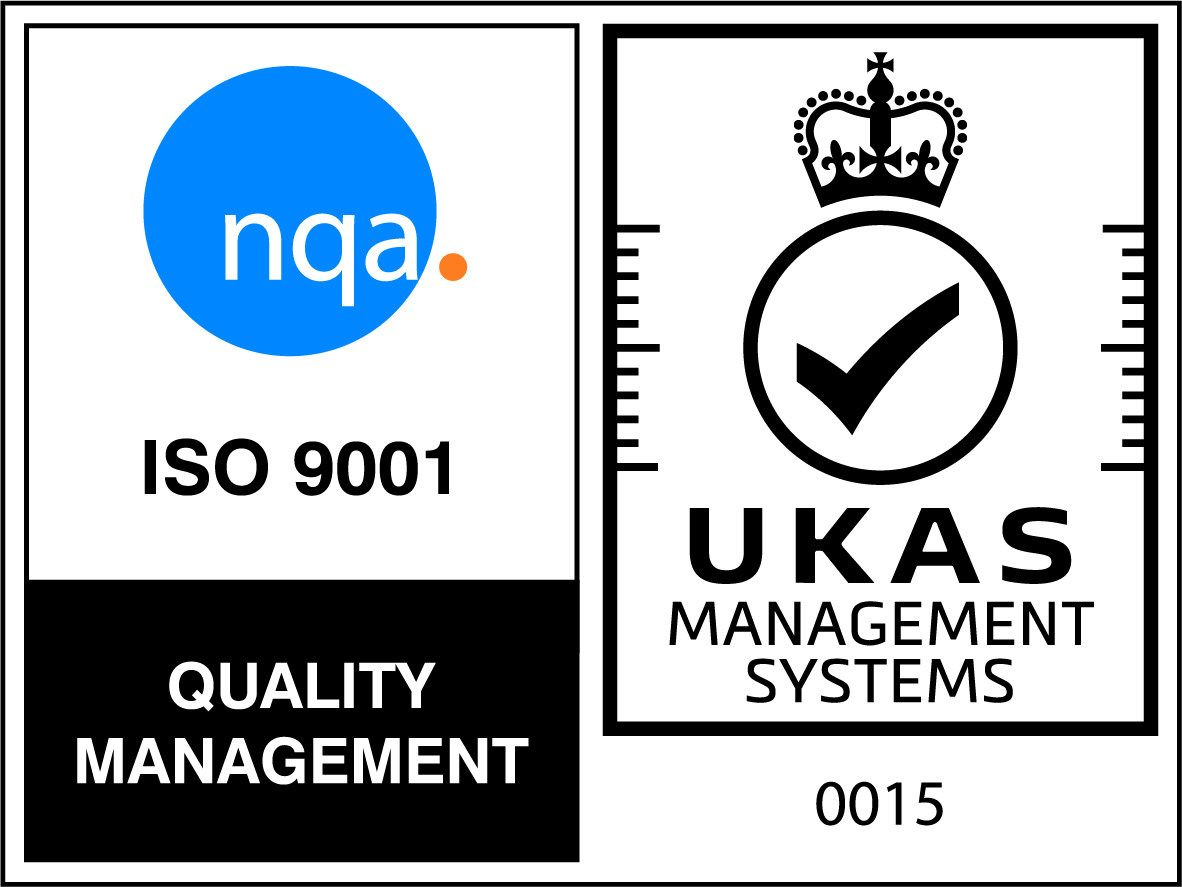Spotting the Signs of Damp and Mould
Damp and mould produces allergens, irritants, mould spores and other toxins that are harmful to health. The NHS spends an estimated £1.4 billion a year on treating illnesses associated with living in cold or damp housing. Damp and mould can affect any home, but early detection is key. Dampness can occur on cold surfaces and is often first noticed by residents, especially in areas prone to condensation.
Look out for:
- Musty odours or persistent condensation on windows
- Peeling wallpaper or discoloured patches on walls and ceilings
- Black or green mould growth around windows, bathrooms, or corners
- Noticing dampness on walls, ceilings, or other surfaces
If left untreated, damp can damage property and impact respiratory health. Mould problems can develop quickly if not dealt with promptly, so a fast response from landlords or property managers is essential.


